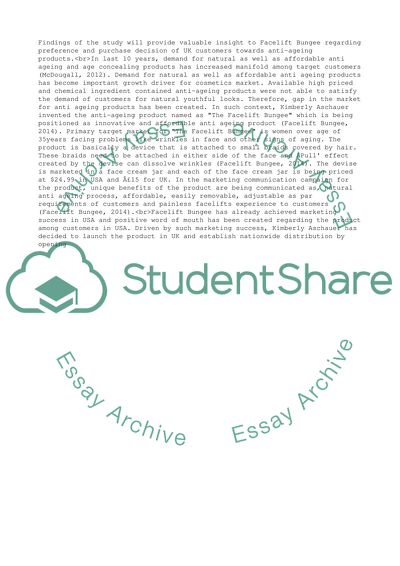Cite this document
(Buisness decision making Assignment Example | Topics and Well Written Essays - 4000 words, n.d.)
Buisness decision making Assignment Example | Topics and Well Written Essays - 4000 words. https://studentshare.org/business/1830643-buisness-decision-making
Buisness decision making Assignment Example | Topics and Well Written Essays - 4000 words. https://studentshare.org/business/1830643-buisness-decision-making
(Buisness Decision Making Assignment Example | Topics and Well Written Essays - 4000 Words)
Buisness Decision Making Assignment Example | Topics and Well Written Essays - 4000 Words. https://studentshare.org/business/1830643-buisness-decision-making.
Buisness Decision Making Assignment Example | Topics and Well Written Essays - 4000 Words. https://studentshare.org/business/1830643-buisness-decision-making.
“Buisness Decision Making Assignment Example | Topics and Well Written Essays - 4000 Words”. https://studentshare.org/business/1830643-buisness-decision-making.


